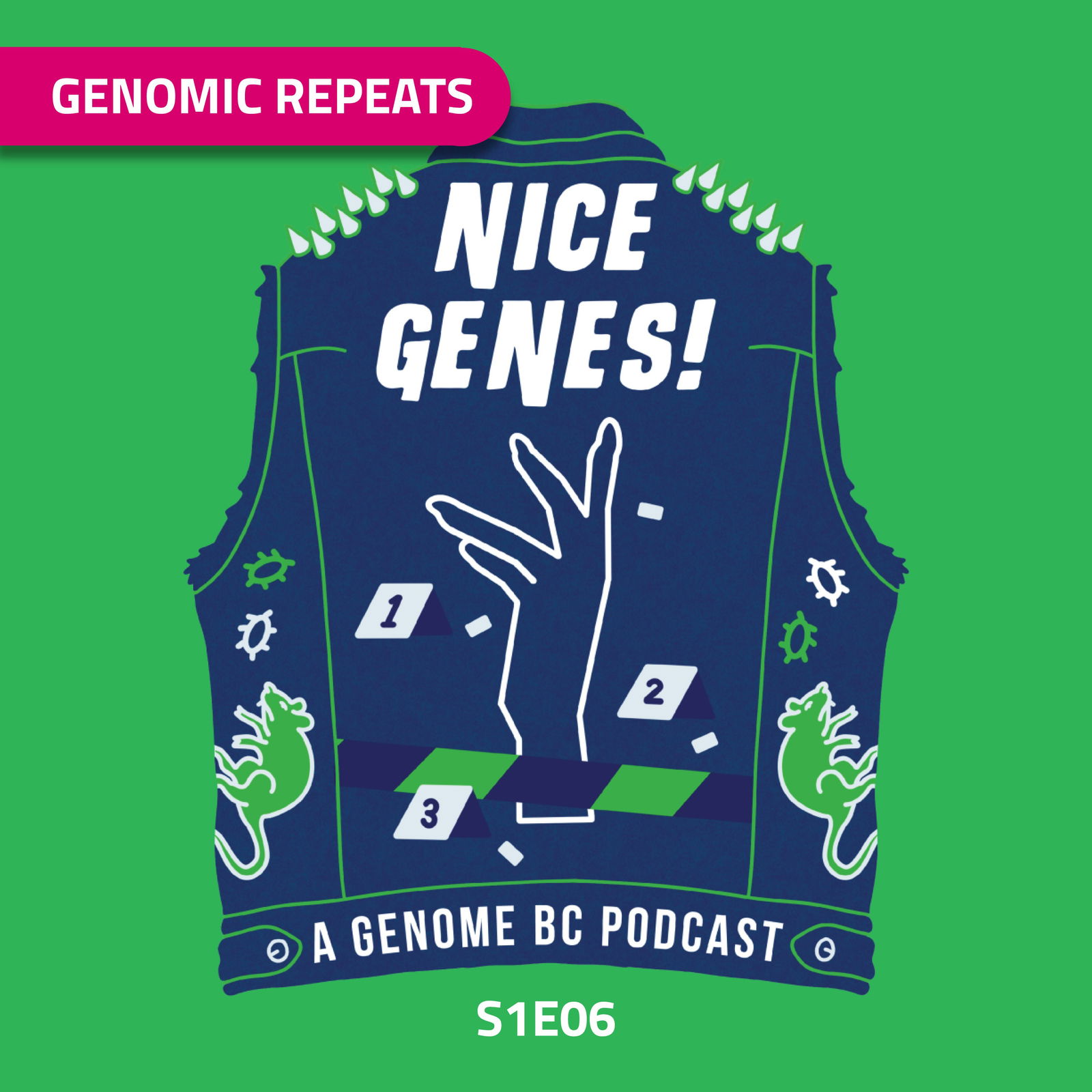Rethinking the Divide in Autism DiagnosesDr. Hannah Belcher was already studying autism she found out she herself was Autistic. Getting her diagnosis felt like everything suddenly clicked… but why did it take so long to get answers?In this episode, Hannah shares her journey and talks about how many Autistic people, especially women, learn to mask their true selves to fit in– causing them to slip through the diagnostic cracks. Then, we invite Dr. John Constantino to break down the genetic underpinnings of Autism Spectrum Disoder and related conditions like ADHD—and how science is shaking up the genomic picture of what we thought we knew about this male-female bias.From outdated theories to “refrigerator mothers,” join hosts Dr. Kaylee Byers and Dr. Rackeb Tesfaye as they comb through the tangled web of sex bias and ask whether our current methods of studying neurodiversity is actually addressing the questions the people with ASD want answered?A Note on Language:When talking about Autism - semantics matter. So, it’s important to recognize the nuances of language. Many people in the Autism community prefer identity-first language, such as "Autistic person," as it centers Autism as a core part of their identity. Others, however, may prefer person-first language, like "person with Autism," which places the individual before the condition. We’ve used both forms of language in this episode, and we encourage respecting individual preferences by asking what each person is most comfortable with. For more on this, check out resources like the National Institutes of Health’s guide on writing respectfully about identity and the Autistic Self Advocacy Network’s explanation of identity-first language.Additionally, when we refer to ‘Autism risk’ in the context of academic research, it typically means an increased genetic likelihood of receiving an Autism diagnosis. However, we recognize that "risk" can imply a negative connotation (which we do not support.) Instead, we aim to discuss Autism in ways that honour the neurodiversity of all individuals.Lastly, regarding sex differences in Autism diagnoses, in this episode, we’re talking specifically about sex assigned at birth. Although we mention gender, we want to be clear that we aren’t exploring how Autism diagnoses may vary by gender identity—that area remains understudied! So, our conversation is focused on differences between males and females, and we look forward to seeing more research on the richly complex interactions between gender identitiy and neurodiversity in the future.Highlights:(6:32) Growing up undiagnosed(18:52) The genetic underpinnings of Autism and related neurodiverse conditions(22:20) Debunking the “female protective effect”(26:37) A biased assessmentLearn-A-Long: https://bit.ly/4g9kCRaResources:1. ‘Taking off the Mask: A Practical Guide for Managing Autistic Camouflaging and Mental Health‘ - Dr. Hannah Belcher2. Inherited Risk for Autism Through Maternal and Paternal Lineage - National Institute of Health3. 'Decade of data dents idea of a ‘female protective effect’- The Transmitter4. How ADHD Gender Bias is Slowly, Steadily Harming Females - ADDitude Mag5. Refrigerator Mothers - A Discredited Cause Of Autism- Autism Help6. Study challenges idea that autism is caused by an overly masculine brain- Science.org7. Autism Spectrum Conditions In Women: Diagnosis, Mental Health, And The Role Of Camouflaging- Research Gate (source?)

 United States
United States




















Hi everyone! I recently embarked on a journey to improve my hair and skin health through the lens of cosmetic clarity. Hair loss has been a significant concern for me, and finding effective solutions felt overwhelming. One resource that truly stood out was Article https://www.disy-magazin.de/unsere-magazine/koerper-und-psyche/haarausfall-waehrend-und-nach-der-schwangerschaft/ , which provided practical tips for tackling hair loss. By incorporating a balanced diet, gentle hair products, and regular scalp care into my routine, I started to see noticeable improvements. Additionally, I learned the importance of consulting professionals to understand the root causes of such issues, which made a huge difference. Cosmetic clarity isn't just about external appearance; it’s about understanding what works for you individually. Have any of you explored similar approaches? I'd love to hear your thoughts and tips!
🔴💚CLICK HERE Full HD✅720p✅1080p✅4K💚WATCH💚ᗪOᗯᑎᒪOᗩᗪ LINK >👉https://co.fastmovies.org
that music underlayment made me puke